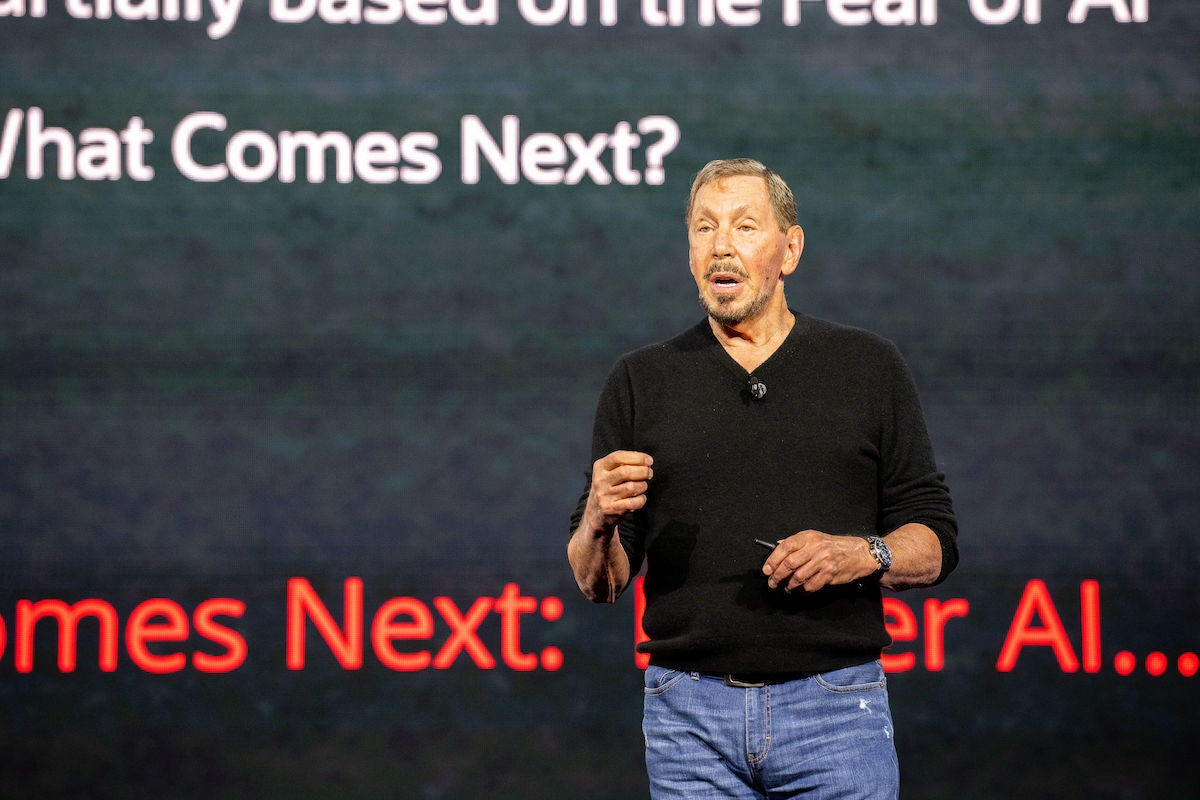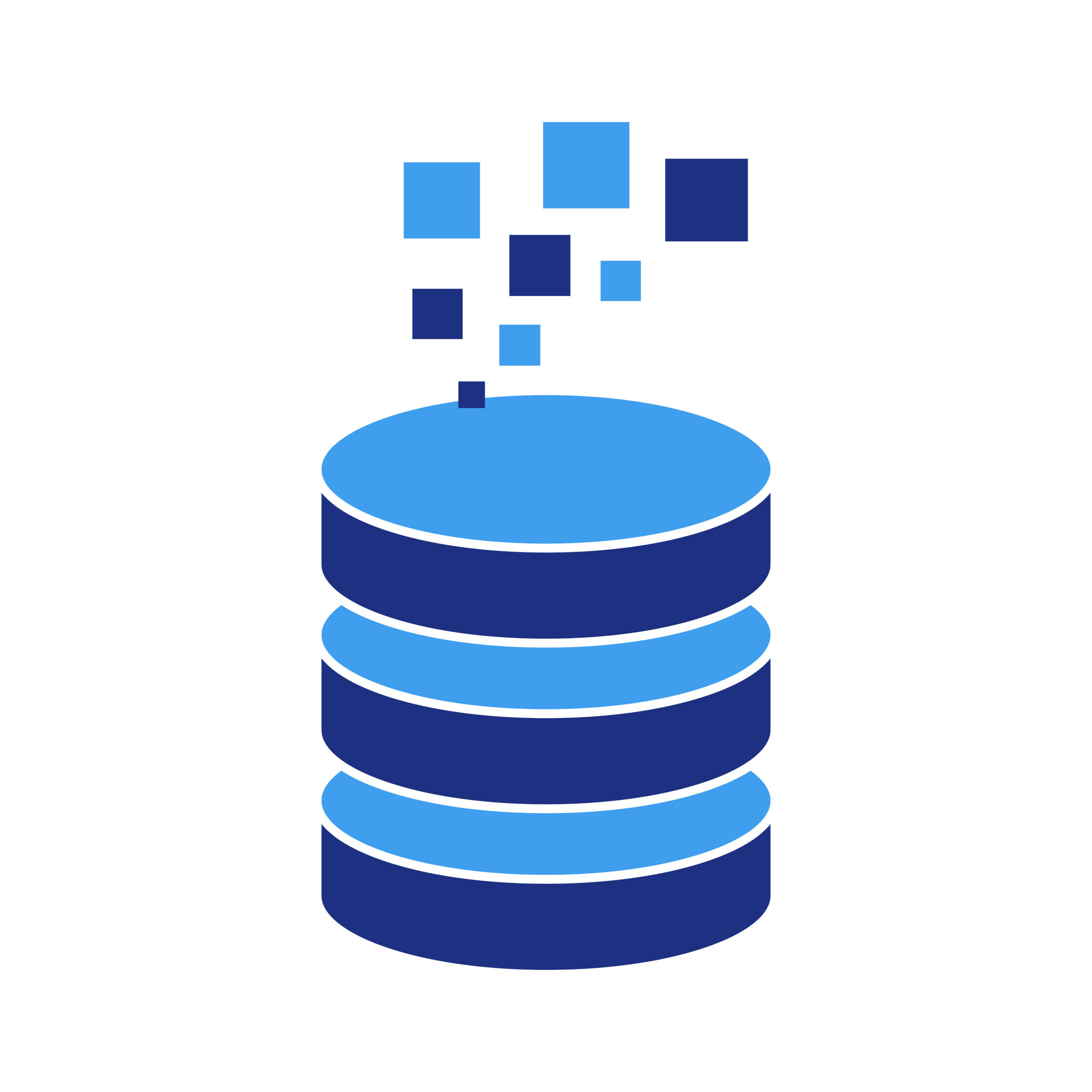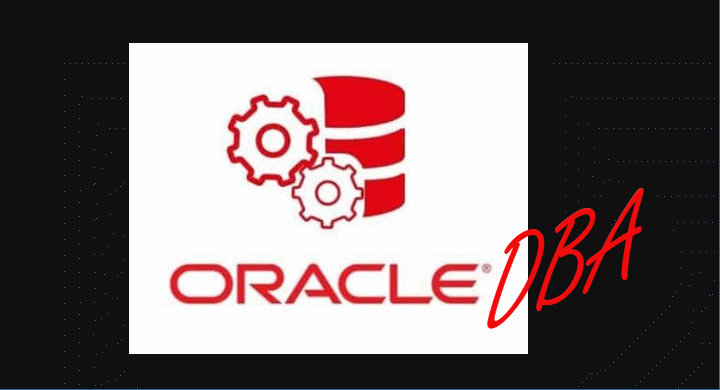In accordance with Oracle co-founder CTO Larry Ellison’s belief that generative AI stands as one of the most significant technological innovations, the company unveiled a range of products and updates during its annual CloudWorld conference, all centered around the next generation of artificial intelligence.
In recent months, tech giants like AWS, Google, Microsoft, Salesforce, and IBM have all adopted a similar strategy, integrating generative AI into their respective product offerings.
Oracle, which recently reported its first-quarter earnings for fiscal year 2024, has placed substantial bets on the surging demand from enterprises for generative AI-related workloads. This demand is expected to drive revenue growth in the upcoming quarters as businesses seek to harness the technology for enhanced productivity and efficiency.
To meet this burgeoning demand, Oracle has introduced products aligned with its three-tier generative AI strategy. Here are some key highlights:
- API-led Generative AI Service: Oracle has unveiled a new API-led generative AI service, a managed offering enabling enterprises to integrate large language model (LLM) interfaces into their applications through an API. This service is designed to empower enterprises to fine-tune Cohere’s LLMs using their own data, enhancing accuracy through a process called Retrieval Augmented Generation (RAG).
- Updates to AI-based Offerings: Oracle has updated several AI-based offerings, including the Oracle Digital Assistant, OCI Language Healthcare NLP, OCI Language Document Translation, OCI Vision, OCI Speech, and OCI Data Science.
- AI Vector Search in Database 23c: Oracle is enhancing its Database 23c with a suite of features known as AI Vector Search. These features encompass a new vector data type, vector indexes, and SQL operators for vector search. This empowers the Oracle Database to store the semantic content of unstructured data, enabling fast similarity queries. These capabilities enable the integration of an LLM-based natural language interface into applications built on the Oracle Database and its Autonomous Database.
- Database Updates: Other updates include the general availability of Database 23c, the next generation of Exadata Exascale, and improvements to its Autonomous Database service and GoldenGate 23c.
- MySQL HeatWave: To support its data analytics cloud service, MySQL HeatWave, Oracle has introduced a new Vector Store and added generative AI features. The Vector Store can ingest documents in various formats and store them as embeddings generated by an encoder model to accelerate query processing. Generative AI features include a large language model-driven interface for natural language interactions within the service.
- Fusion Cloud Suite Updates: Nearly all of Oracle’s Fusion Cloud suites, including Cloud Customer Experience (CX), Human Capital Management (HCM), Enterprise Resource Planning (ERP), and Supply Chain Management (SCM), have been updated to incorporate Oracle Cloud Infrastructure (OCI) generative AI services.
- Healthcare Offerings: For healthcare providers, Oracle is offering a generative AI-powered assistant based on OCI generative AI services, known as Oracle Clinical Digital Assistant. Multiple applications within ERP, HCM, EPM, and SCM Fusion Clouds have been updated to cater to healthcare enterprises, streamlining operations and improving patient care.
- Distributed Cloud Offerings: Oracle is expanding its distributed cloud offerings, including Oracle Database@Azure and MySQL HeatWave Lakehouse on AWS. With Database@Azure, Oracle is colocating its hardware and software in Microsoft Azure data centers, providing customers direct access to Oracle database services through Azure. Additionally, Oracle Alloy, a cloud infrastructure platform, has been made generally available to service providers, integrators, ISVs, and others looking to offer their own cloud services to customers.
These developments underscore Oracle’s commitment to harnessing generative AI and integrating it into its product ecosystem, aiming to meet the evolving demands of enterprises across various industries.





